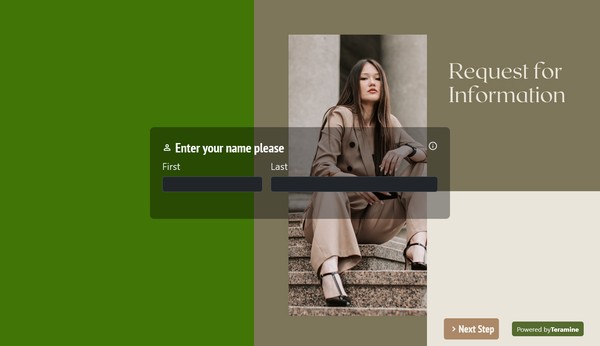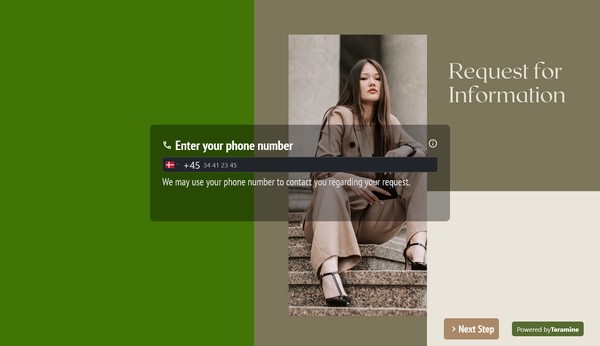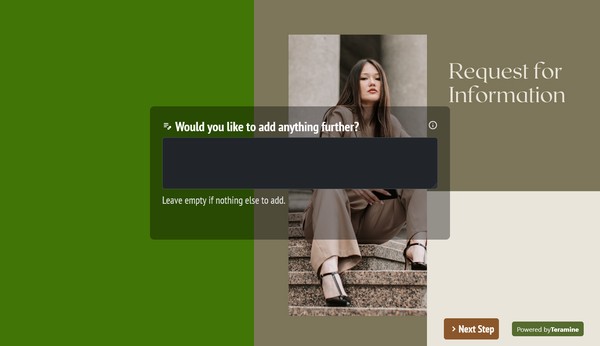Information Request Form

An information request form is a document or online form used to solicit specific information from an individual or organization. This form can serve various purposes, such as gathering data, clarifying details, or requesting documents. The structure and content of an information request form depend on the context and the type of information being requested.








Information Request Form FAQs
The strcuture of an information request form could be something like the following:
Header
- Title of the form (e.g., "Information Request Form")
- Organization or individual making the request
Requester Information
- Name of the requester
- Organization (if applicable)
- Contact information (phone number, email address)
Date
- The date the form is being completed
Purpose of Request
- A brief explanation of why the information is being requested
Specific Information Requested
- Detailed description of the information needed
- Specific questions to be answered
- Documents or data to be provided
Response Deadline
- Date by which the requested information should be provided
Method of Response
- How the information should be delivered (e.g., email, mail, in-person)
- Address or contact details for sending the information
Confidentiality and Privacy
- Statement on how the information will be used and protected
Signature
- Signature of the requester
- Date of signature
An information request form should be used by individuals or organizations seeking specific data, insights, or clarification from another party. This may include:
- Employees: When needing information from another department or team for business operations.
- Clients or Customers: When they require detailed information about products, services, or policies.
- Vendors or Suppliers: For clarifications on orders, specifications, or agreements.
- Students and Researchers: When gathering data or resources from institutions or experts.
- Government or Public Agencies: For public records, compliance information, or formal inquiries.
- Job Applicants: When seeking more details about a position or company policies.
Using a formal information request form ensures that the communication is clear, structured, and documented systematically for efficient handling and response.
Yes. We take the security of your data very seriously. We have built our application in compliance with the latest security standards. Your data is locked down with access allowed only after strict security checks. In addition, we use the latest SSL encryption standards to protect your data in transit from our servers to your device. You can also protect your forms by using our captcha widgets to prevent spam.'






